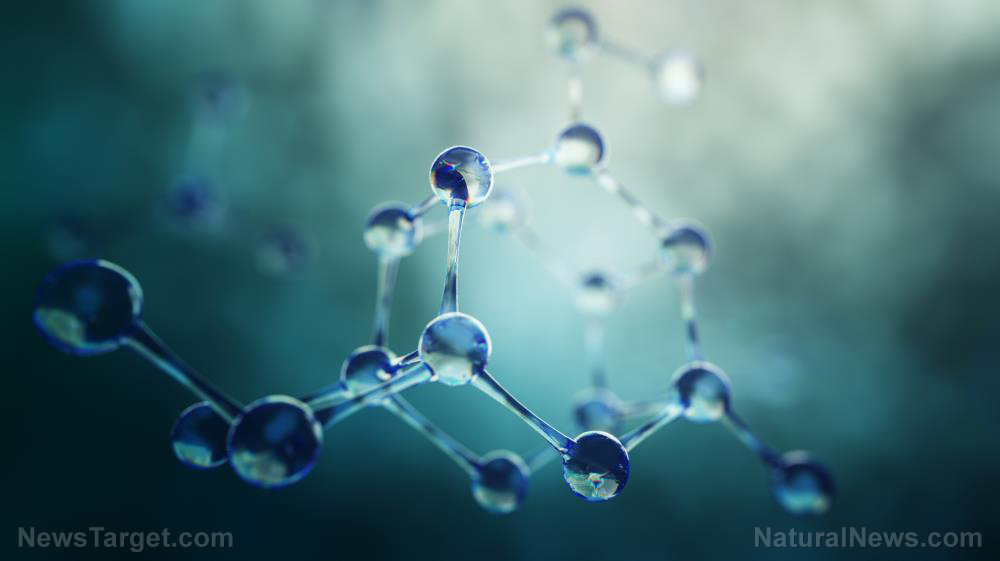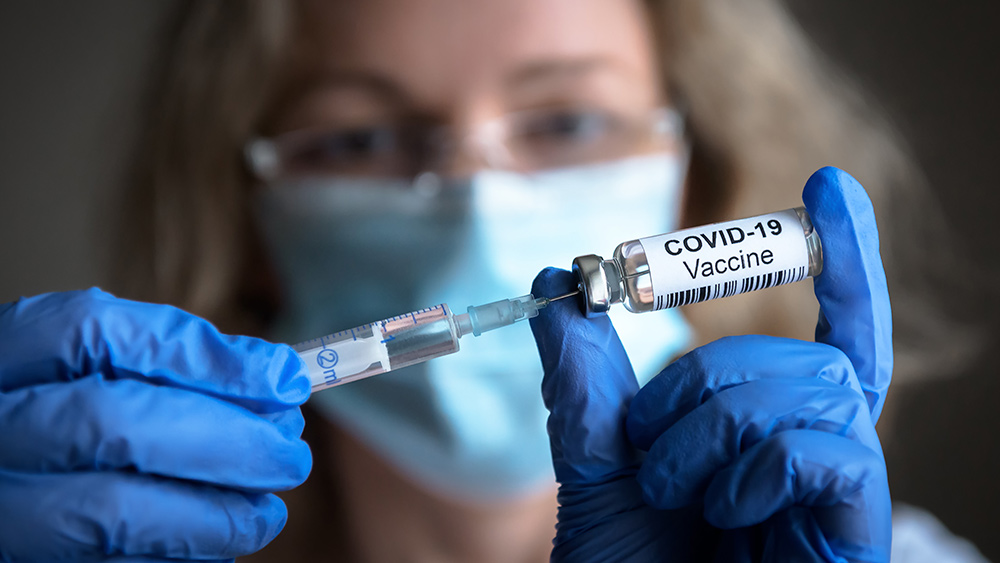Enhancing water harvesting efficiency: Researchers develop unique graphene foam that “harvests” water from air
10/09/2019 / By Edsel Cook

Most water harvesting systems collect precipitation such as rain or water droplets from fog and other low-lying clouds. But a new device developed by Chinese researchers can get it directly from the atmosphere, provided there is sunlight.
The new water collection system features nano-composite foam made from graphene. It relies on sunlight to power its processes, which saves electricity and makes it possible to deploy it at any location with sufficient natural light.
The ice caps and glaciers of Earth hold around 70 percent of the freshwater found on the planet. Only 30 percent is available in its liquid form.
Of that 30 percent, one-fifth lies in isolated areas that are beyond the reach of humans, such as deep underground. As for the remaining four-fifths, 75 percent gets wasted because the water comes in the form of floods and monsoons.
These events happen during unpredictable times and different places. Given their nature and timing, they are difficult to tap as a reliable source of fresh water.
To summarize, while water covers more than 70 percent of the Earth, the available supply of potable water is less than 0.08 of one percent of that sum.
The atmosphere of the Earth holds a lot of moisture. There is enough fresh water in the air to fill 10 percent of all the lakes around the world.
Atmospheric water may serve as a sizable source of potable water during periods of water shortage. The challenge is in harvesting sufficient volumes from the skies. (Related: Prepper basics: How long is too long to store your water in plastic containers?)
A graphene-based foam that draws fresh water from the air
Researchers from the Chinese Academy of Sciences (CAS) developed a graphene-based foam for the task of water harvesting. Operating on the nanometer scale of things, the composite material uses a capture-release cycle to collect moisture from the air.
They prepared the foam by running it through freeze-drying, thermal annealing, and hydrophilic treatment methods. The nanosheets produced by the manufacturing process do not require electrical energy to perform their job.
In the capture process, the foam uses lithium chloride to absorb moisture from the air. It preserved the captured water using polyvinyl alcohol (PVA).
For the releasing part of the cycle, the device used a solar-to-thermal transformer made from reduced graphene oxide. The graphene converted sunlight into heat energy, which evaporated the water stored in PVA.
The water harvester also used polyimide as the substrate material. The polymer helped form 3D structures that featured the desired pores. Polymide also made the material more durable despite its soft appearance.
Just add natural sunlight to release freshwater fit for human consumption
The Chinese researchers ran their new foam water harvester through trials in environments with 90 percent relative humidity and 86 F (30 C). They reported that their invention adsorbed as much as 2.87 g per gram in one day.
Further, the graphene-based foam released almost all of the water it collected after three hours of exposure to artificial light with a flux of one sun (1000 W per square meter). This light intensity matched that of natural sunlight.
The researchers described the foam as super-elastic, lightweight, and highly reusable. They planned to raise the efficiency of the water harvester.
“Another big challenge impedes the water harvesting system utilization to explore a more cost-effective way to prepare the products,” wrote CAS researcher Ya Yang, one of the authors of the study. “Though the three-step synthesis method and the composition of the foam have been optimized, it is still necessary to reduce the cost and increase the fabrication efficiency.”
The CAS researchers are also looking for environment-friendly materials to incorporate into the commercial version of their water harvester.
Read about more scientific discoveries at Discoveries.news.
Sources include:
Submit a correction >>
Tagged Under:
breakthrough, clean water, freshwater, freshwater sources, goodtech, Graphene, graphene materials, innovation, inventions, moisture harvester, moisture harvesting, nanotechnology, potable water, water, water availability, water harvester, water harvesting, water shortage
This article may contain statements that reflect the opinion of the author
RECENT NEWS & ARTICLES
COPYRIGHT © 2017 SCIENTIFIC NEWS





















